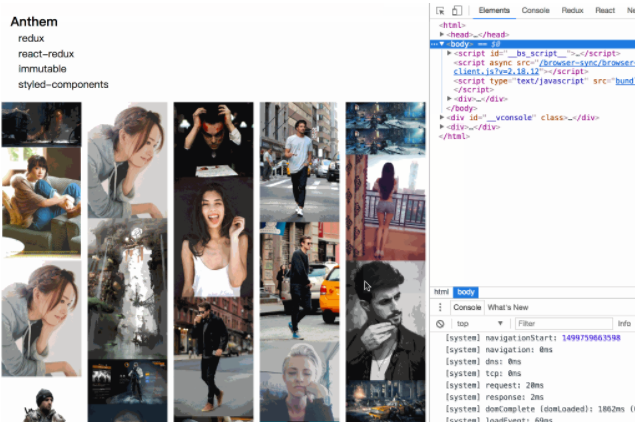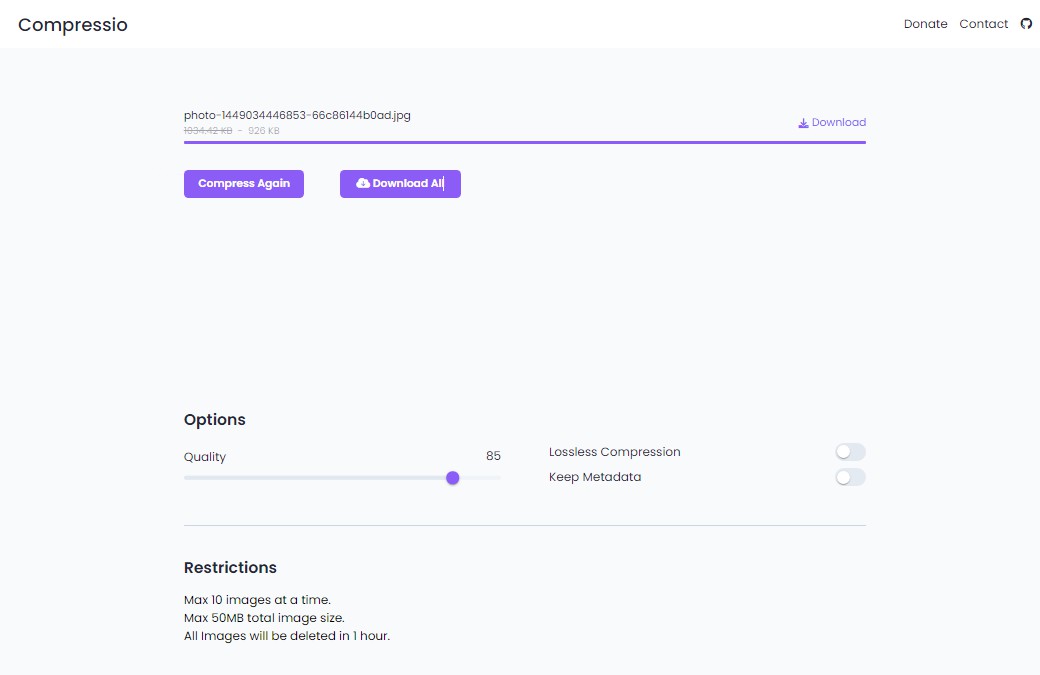@mapbox/svg-react-transformer
Transform SVGs into JSX or React component modules.
This monorepo includes the following packages:
- @mapbox/svg-react-transformer includes the core, low-level transform functions to convert an SVG into JSX or React component modules. These functions take one string and output another string. They can be used by higher-level modules that target specific contexts, like the following ...
- @mapbox/svg-react-transformer-writer is a CLI and Node API for running SVG files through svg-react-transformer and writing the React component modules to new files. Takes an SVG file, outputs a JS file.
- @mapbox/svg-react-transformer-loader is a Webpack loader that transforms SVG files into React component modules. Allows you to
importSVG files within Webpack-compiled JS and get a React component.
For example, given an SVG like this:
<?xml version="1.0" encoding="UTF-8" standalone="yes"?>
<svg viewBox="0 0 18 18">
<path d="M7,4l1.6,4H5.5c0,0-1.4-2-2.5-2H2.2L3,8l1,3h4.6L7,15h2l3.2-4H14c1,0,2-0.7,2-1.5S15,8,14,8h-1.8L9,4H7z"/>
</svg>
You can get a React component module like this:
const React = require("react");
class SvgComponent extends React.PureComponent {
render() {
return (
<svg viewBox="0 0 18 18" {...this.props}>
<path d="M7 4l1.6 4H5.5S4.1 6 3 6h-.8L3 8l1 3h4.6L7 15h2l3.2-4H14c1 0 2-.7 2-1.5S15 8 14 8h-1.8L9 4H7z" />
</svg>
);
}
}
module.exports = SvgComponent;
Or a fancier React component module like this:
"use strict";
const React = require("react");
class SvgComponent extends React.PureComponent {
render() {
const containerStyle = this.props.containerStyle || {};
if (!containerStyle.position || containerStyle.position === "static") {
containerStyle.position = "relative";
}
containerStyle.paddingBottom = "100%";
const svgStyle = this.props.svgStyle || {};
svgStyle.position = "absolute";
svgStyle.overflow = "hidden";
svgStyle.top = 0;
svgStyle.left = 0;
svgStyle.width = "100%";
const text = !this.props.alt ? null : (
<div style={{ position: "absolute", left: -9999 }}>{this.props.alt}</div>
);
return (
<div style={containerStyle} className={this.props.containerClassName}>
<svg
aria-hidden={true}
focusable="false"
style={svgStyle}
className={this.props.svgClassName}
viewBox="0 0 18 18"
>
<path d="M7 4l1.6 4H5.5S4.1 6 3 6h-.8L3 8l1 3h4.6L7 15h2l3.2-4H14c1 0 2-.7 2-1.5S15 8 14 8h-1.8L9 4H7z" />
</svg>
{text}
</div>
);
}
}
module.exports = SvgComponent;
Development
npm install to get all the dependencies and linking hooked up.
lerna bootstrap runs in a postinstall script.
(If you are experiencing errors, in linting or at runtime, about missing or fouled-up dependencies, you probably need to rerun installation & bootstrapping.)
Jest is installed at the top level, so you can test all repos by with npx jest.
Release with npx lerna release.



